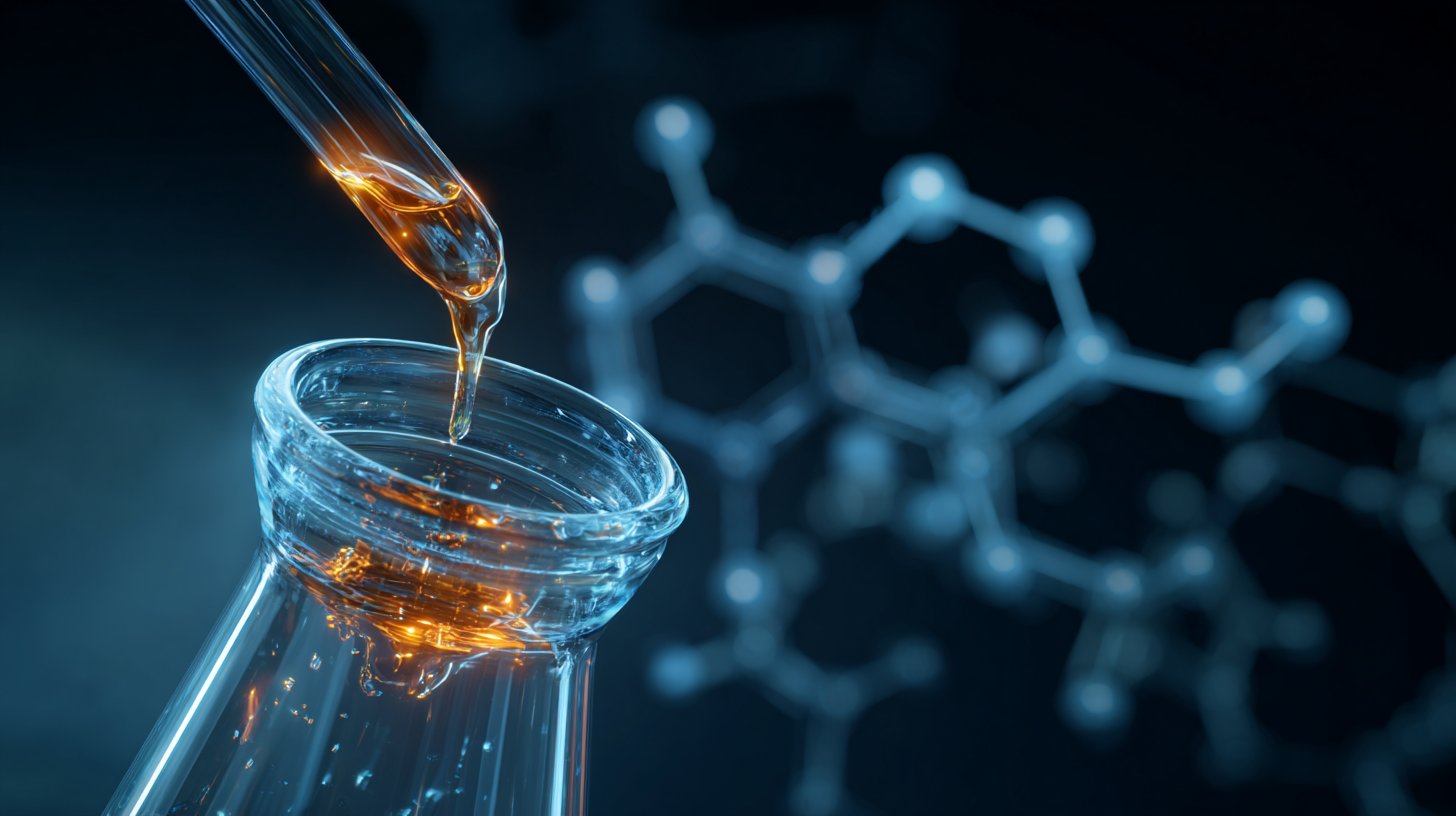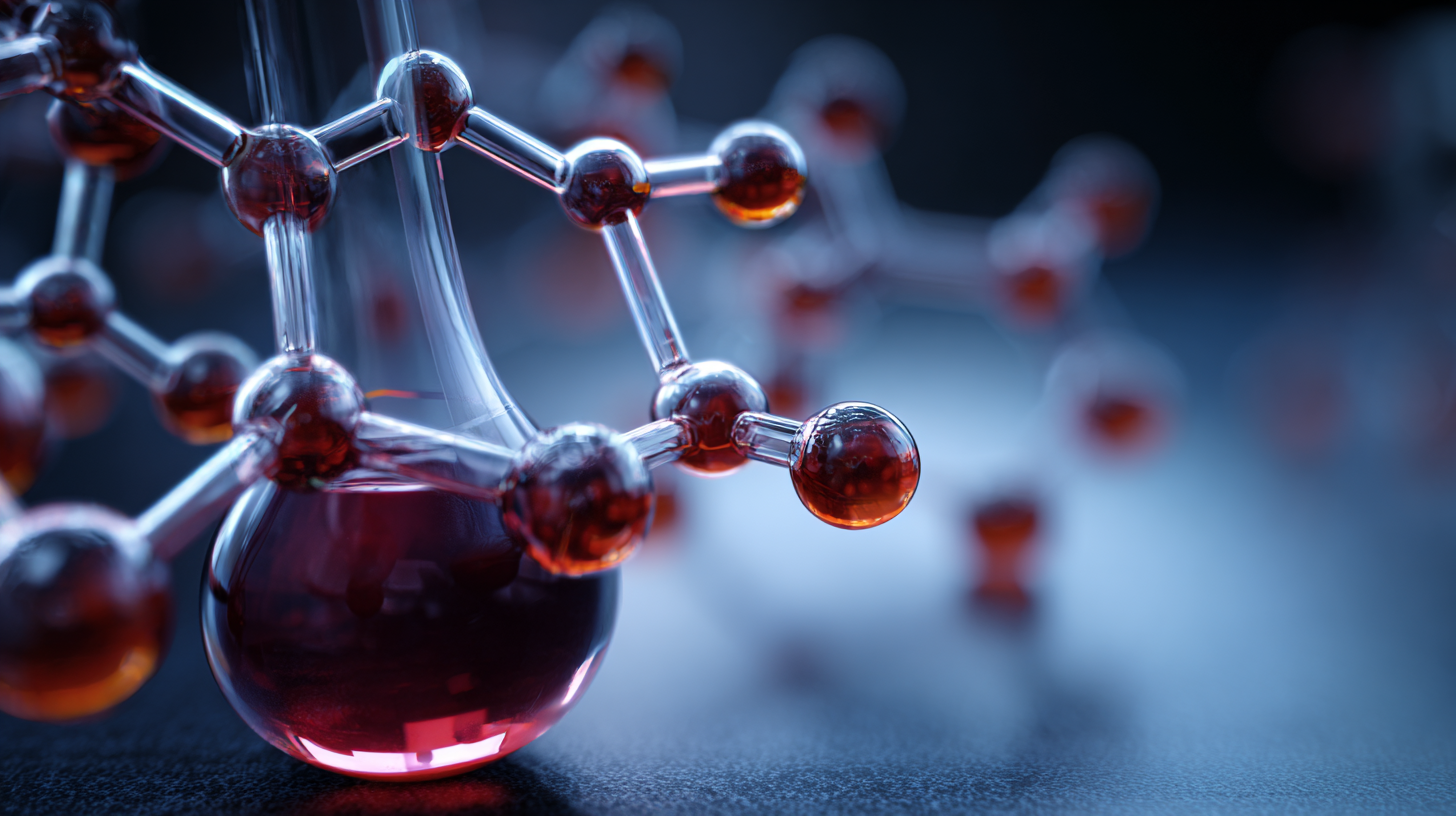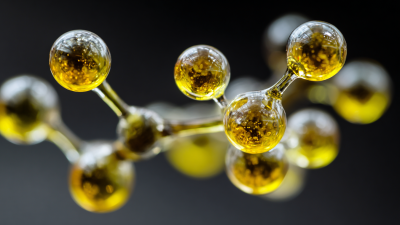Leave Your Message
In the realm of industrial applications, the efficient utilization of Benzenedicarboxylic Acid has become paramount for manufacturers aiming to enhance productivity and reduce costs. This versatile compound, also known as phthalic acid, plays a critical role in the production of a wide array of materials, including plastics, resins, and dyes.
As industries increasingly strive for sustainable practices, understanding the optimal methods to incorporate Benzenedicarboxylic Acid into manufacturing processes can lead to significant improvements in product quality and operational efficiency. This article aims to explore the best strategies for effectively leveraging Benzenedicarboxylic Acid across various sectors, highlighting practical insights and innovative approaches that can transform its application in industrial settings.

With a focus on maximizing benefits while minimizing environmental impact, the following sections will provide a comprehensive guide to integrating this essential compound into your operations.
Benzenedicarboxylic acid, commonly known as phthalic acid, exhibits unique chemical properties that make it a valuable compound in various industrial applications. Characterized by its two carboxylic acid functional groups, this aromatic compound can undergo diverse chemical reactions, including esterification and decarboxylation. These reactions are fundamental in producing plasticizers, resins, and pigments, enhancing properties like flexibility and durability in materials used across industries.
The solubility of benzenedicarboxylic acid in organic solvents further expands its applications, facilitating its use in the production of phthalate esters, which are widely utilized as plasticizers in the polyvinyl chloride (PVC) industry. Additionally, its ability to form stable complexes with metal ions allows for its role in producing various coordination compounds and catalysts, thus enhancing efficiency in chemical processes. Understanding these properties ensures optimal utilization in production lines, leading to higher quality products while minimizing waste and resource consumption.
| Chemical Property | Value | Application |
|---|---|---|
| Molecular Formula | C10H8O4 | Used as a building block in organic synthesis |
| Molecular Weight | 192.12 g/mol | Important for stoichiometric calculations in reactions |
| Melting Point | 150-152 °C | Useful for determining the physical state in applications |
| Solubility in Water | Slightly soluble | Influences formulation in aqueous solutions |
| pH Level | 4.5-5.5 | Critical for reaction conditions in organic processes |
| Boiling Point | 300 °C | Relevant for distillation and separation processes |
| Applications | Plastics, coatings, and pharmaceuticals | |
 Benzenedicarboxylic acid, particularly its derivatives like phthalic acid, plays a vital role in various industrial applications, primarily in the production of plasticizers, resins, and dyes. According to a recent report by Grand View Research, the global market for phthalates, which are esters of phthalic acid, is projected to reach approximately $30 billion by 2025, underscoring the compound's significance in the plastics industry. Additionally, benzenedicarboxylic acid is utilized in the manufacture of UV-curable coatings, which are increasingly favored for their environmental benefits and efficiency in energy consumption.
Benzenedicarboxylic acid, particularly its derivatives like phthalic acid, plays a vital role in various industrial applications, primarily in the production of plasticizers, resins, and dyes. According to a recent report by Grand View Research, the global market for phthalates, which are esters of phthalic acid, is projected to reach approximately $30 billion by 2025, underscoring the compound's significance in the plastics industry. Additionally, benzenedicarboxylic acid is utilized in the manufacture of UV-curable coatings, which are increasingly favored for their environmental benefits and efficiency in energy consumption.
Tips: When incorporating benzenedicarboxylic acid into your processes, ensure a thorough understanding of its chemical properties to optimize production efficiency. Monitoring temperature and reaction times can significantly improve yield while reducing waste.
In the textile industry, benzenedicarboxylic acid is crucial for producing synthetic fibers and dye intermediates, enhancing color fastness and durability in fabrics. The global synthetic fibers market is expected to exceed $70 billion by 2024, driven by the demand for lightweight and versatile materials in apparel and home furnishing. As industries continue to adapt to eco-friendly practices, benzenedicarboxylic acid’s role in sustainable production methods stands to grow, providing opportunities for innovation and efficiency in manufacturing.
Optimizing production processes involving benzenedicarboxylic acid requires a thorough understanding of its chemical properties and applications. This compound, commonly used as a key building block in the synthesis of polyesters and plasticizers, can significantly enhance product performance when integrated effectively into industrial workflows. By adopting advanced production techniques such as continuous flow synthesis and in-situ polymerization, manufacturers can achieve higher yields and reduce waste. Implementing these methods helps streamline operations, minimize downtime, and maintain consistent quality in the final product.
Furthermore, leveraging automation and real-time monitoring technologies can optimize reaction conditions and control parameters to ensure maximum efficiency. For instance, using digital twin technology allows for precise simulations of production processes, enabling teams to identify bottlenecks and areas for improvement.
Additionally, enhancing the purification processes for benzenedicarboxylic acid can lead to reduced cycle times and lower costs. By focusing on these optimization strategies, industries can better harness the potential of benzenedicarboxylic acid, driving innovation and enhancing competitiveness in the marketplace.
Benzenedicarboxylic acid, commonly known as phthalic acid, plays a crucial role in various industrial applications, particularly in manufacturing processes that prioritize sustainability. By incorporating this compound into production, companies can enhance their environmental responsibility while still achieving effective results. Its role as a plasticizer in polymers reduces the need for harmful alternatives, thus minimizing harmful emissions and waste in manufacturing operations.
Implementing benzenedicarboxylic acid can also lead to the development of biodegradable materials, which align with eco-friendly initiatives. As industries strive to reduce their carbon footprint, using bio-based feedstocks derived from sustainable sources for phthalic acid production becomes increasingly important. This not only helps in conserving resources but also fulfills regulatory requirements for environmental sustainability in manufacturing. As a result, companies not only boost their market competitiveness but also contribute positively to global sustainability efforts.
The utilization of benzenedicarboxylic acid (BDC) in various industrial applications presents several challenges that must be addressed to harness its full potential. One major issue is the difficulty in sourcing high-purity BDC, which is essential for achieving desired product specifications. Manufacturers often face inconsistencies in quality due to variations in production processes, leading to performance discrepancies in end products. Addressing these sourcing challenges requires the establishment of more robust supply chains and relationships with trusted suppliers to ensure consistency and reliability in the quality of BDC.

Another challenge lies in the efficiency of BDC utilization in production processes. Many industrial applications require specific formulations or conditions to optimize performance, which can involve complex adjustments in operational procedures. Companies can tackle this issue by investing in research and development to better understand the chemical behavior of BDC in various environments. Additionally, implementing advanced process optimization technologies, such as real-time monitoring and automation, can significantly enhance the efficiency of BDC applications. By focusing on these solutions, industries can mitigate the challenges associated with benzenedicarboxylic acid and improve overall productivity.






